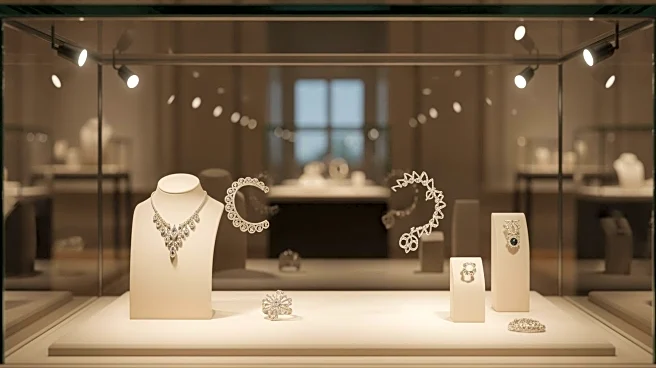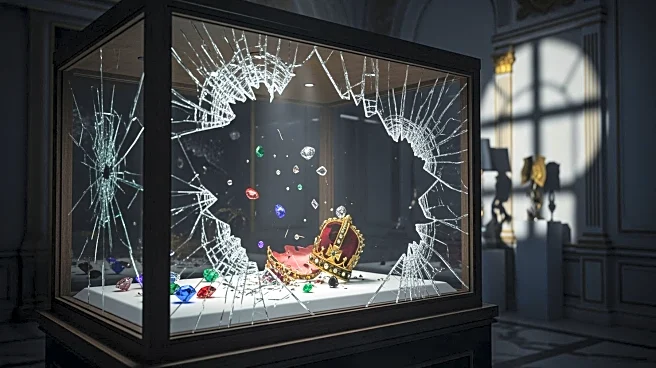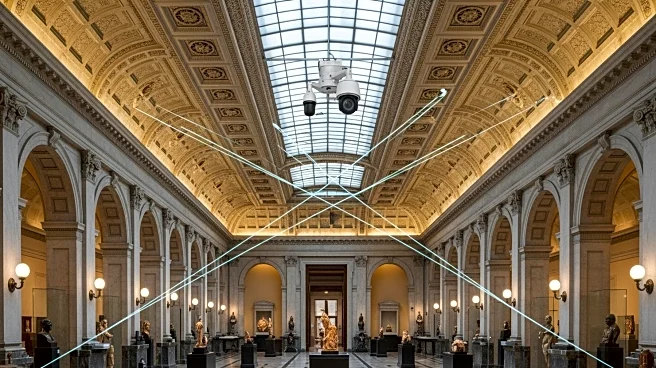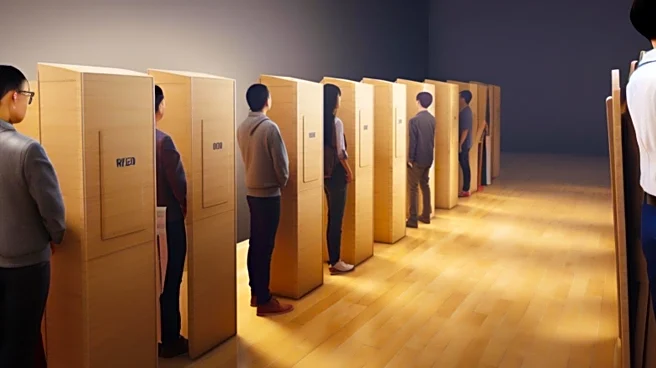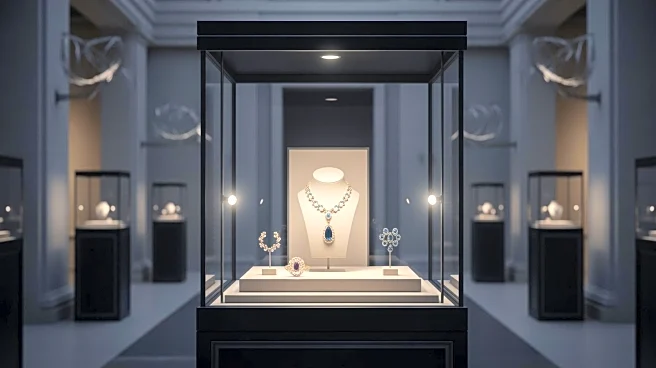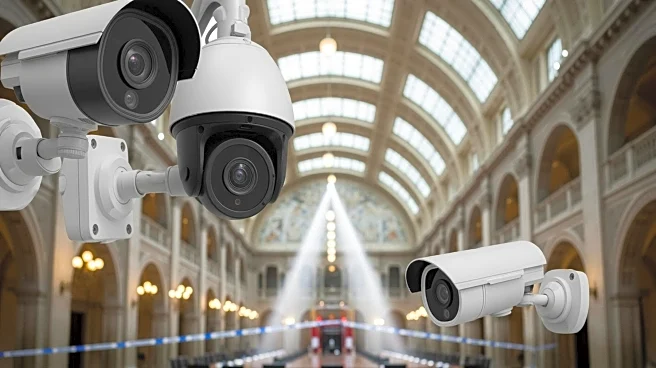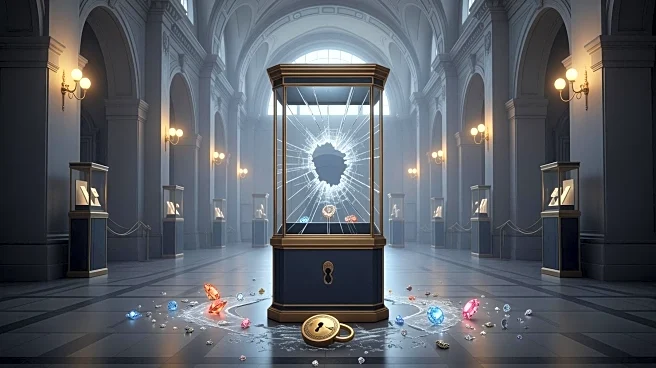What's Happening?
Thieves executed a daring robbery at the Louvre Museum in Paris, stealing valuable jewelry in under ten minutes. The heist involved the use of a truck-mounted ladder to access a second-floor window, allowing the perpetrators to bypass security measures
and make off with the precious items. Catherine Porter, a New York Times international correspondent based in Paris, provided details on how the robbery unfolded, highlighting the audacity and precision of the operation. The incident has raised concerns about security protocols at one of the world's most famous museums, known for housing priceless art and artifacts.
Why It's Important?
The theft at the Louvre Museum underscores significant security vulnerabilities at major cultural institutions, which could have broader implications for museums worldwide. The incident may prompt a reevaluation of security measures, potentially leading to increased investment in surveillance technology and personnel training. For the art world, the loss of such valuable items represents not only a financial setback but also a cultural one, as these pieces are part of the shared heritage. The heist could also influence public policy regarding the protection of cultural assets, with governments possibly enacting stricter regulations to safeguard national treasures.
What's Next?
In response to the robbery, the Louvre Museum is likely to conduct a thorough investigation to identify the security lapses that allowed the theft to occur. Law enforcement agencies in France may collaborate with international partners to track down the stolen jewelry and apprehend the culprits. The museum might also consider upgrading its security systems, including the installation of advanced surveillance cameras and alarm systems. Additionally, there could be increased scrutiny on museum security protocols globally, as institutions seek to prevent similar incidents.
Beyond the Headlines
The Louvre heist raises ethical questions about the protection of cultural heritage and the responsibilities of institutions to safeguard their collections. It also highlights the ongoing challenge of balancing public access to art with the need for security. Long-term, this incident could lead to a shift in how museums approach security, potentially prioritizing technological solutions over traditional methods. The cultural impact of losing such artifacts may also spark discussions on the importance of preserving history and the role of museums in maintaining cultural continuity.
